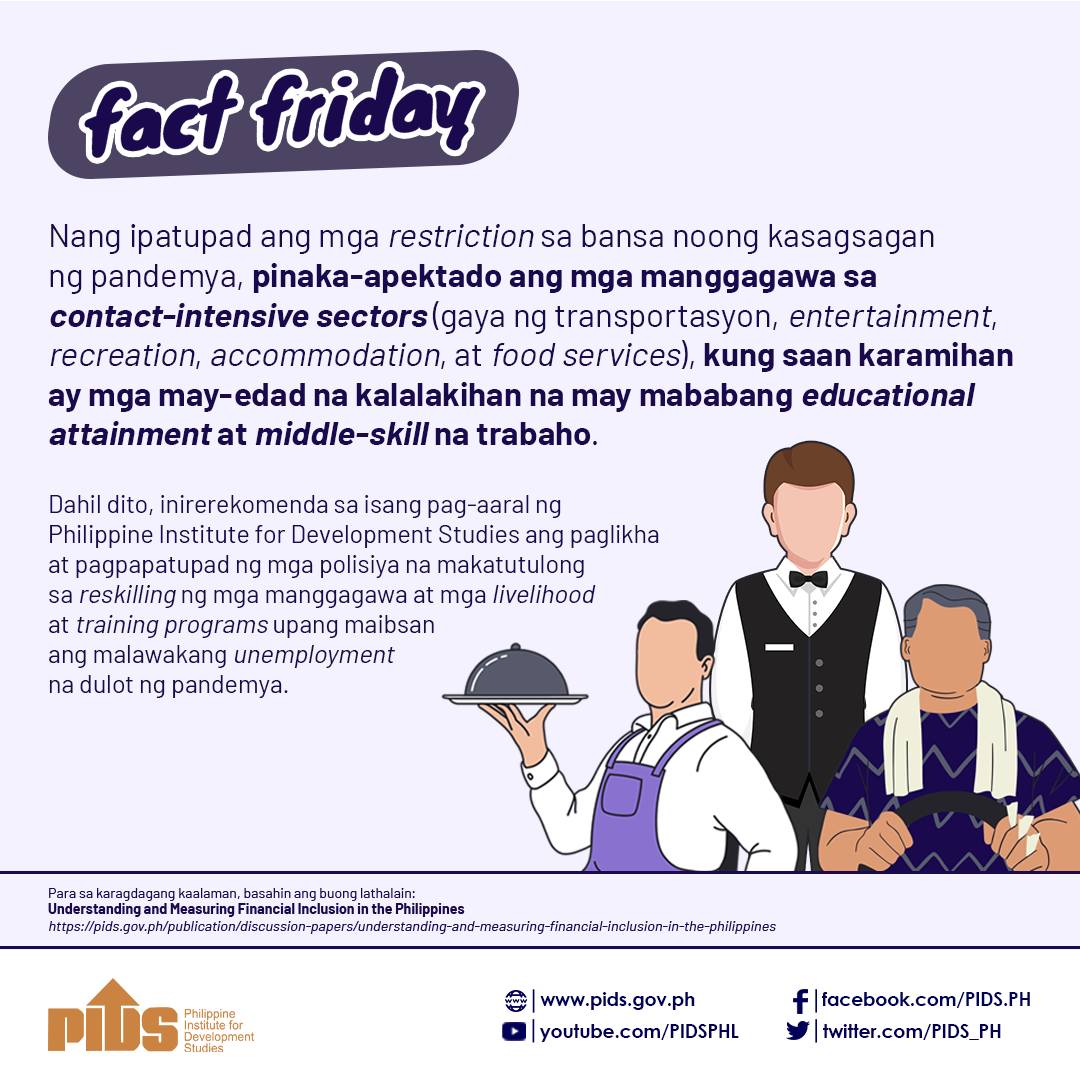GIVEN the 2.5%-contraction of agriculture in the year’s first semester– the biggest output decline in five years – Camarines Sur Rep. LRay Villafuerte has called on the Duterte administration to invest bigtime in “mega farms” across the country to attain food security even at this time of the pandemic and finally transform this underperforming yet resources-rich sector into a major growth driver.
Villafuerte proposed that Malacañang and the Congress work on raising the outlay of the Department of Agrarian Reform (DAR) in the proposed P5.024-trillion national budget for 2022, so DAR can carry out its plan to develop or consolidate farms into 50-hectare plantations devoted to the specialized commercial production of specific crops.
“Consolidating small farm lots into mega farms for commercial farming is the only way to dramatically boost agricultural output and farmers’ incomes, even at this time of the pandemic, as such consolidation will lead to economies of scale,” Villafuerte said.
“The development of ‘mega farms’ for either priority or high-value crops will help the country attain food security, if not sufficiency, and turn the often anemic agricultural production into a growth driver that will let us achieve soon enough a strong and sustainable recovery from the pandemic-induced global recession,” Villafuerte added.
The Department of Budget and Management (DBM) has committed to submit to the Congress on or before the constitutional deadline of August 25—or a month after the President’s State of the Nation Address (SONA)—the government’s 2022 National Expenditure Plan (NEP), which will be the last spending program of the Duterte administration.
Philippine Statistics Authority (PSA) data showed that the value of the agricultural output over the January-June period suffered its biggest drop in five years, or since this sector contracted 3.6% in the first half of 2016.
The value of agricultural output was at P856.644 billion (constant 2018 prices) during this semester, or P21.581 billion lower than the P878.225 billion in 2020. In the second quarter, farm output fell by 1.5%, with the value sliding to P435.6 billion from almost P442.37 over the April-June 2020 quarter.
Before the PSA’s announcement of negative growth for the year’s first semester, the Department of Agriculture (DA) had already lowered its full-year growth target from the previous 2.5% to just 2%, in apparent anticipation of a weaker performance resulting from the impact of the COVID-19 and African Swine Fever (ASF) outbreaks, among others.
Villafuerte said agriculture’s negative growth of minus 2.5 % in the January-June 2021 period should serve as “a wake-up call” for legislators to help the Duterte administration reverse the farm sector’s anemic growth by allocating a bigger budget for the DAR in the NEP or GAB (General Appropriations Bill) for 2022, so the Department could go ahead on its plan to consolidate farmers’ lots into mega farms all over the country.”
Even before the pandemic struck last year, Villafuerte had proposed that the government could achieve much higher growth for the Philippines by complementing President Duterte’s signature infrastructure program “Build, Build, Build” with a “Plant, Plant, Plant” initiative that will entail a similarly accelerated state spending, this time on agricultural production and farm modernization.
Villafuerte pushed last year a higher allocation for the DAR during the House committee deliberations on the then-DAR budget for 2021.
He particularly moved for an increase of P3 billion to P5 billion in the DAR’s 2021 outlay so it could finally carry out its Mega Farms and Food Security Program.
Villafuerte advocated then for priority state funding for agriculture to ensure national food security, especially at a time when the onset of COVID-19 threatened to disrupt global food supplies.
“The DAR submitted the mega farms proposal to the House. I have expressed support for this concept as it involves consolidating farms now owned by beneficiaries into 50-hectare plantations in order to develop these for commercial farming. This presents us with the only way to liberate the farmer-beneficiaries of CARP (Comprehensive Agrarian Reform Program) from subsistence farming,” Villafuerte said.
He had suggested a higher 2021 budget for DAR upon learning during a committee hearing that the Department of Budget and Management (DBM) only approved a 2021 allocation of P8.8 billion for DAR, which was 7% lower than the department’s budget of P9.5 billion for 2020.
Undersecretary Bernie Cruz said during that House committee hearing that with this 2021 budget plan, the Department wouldn’t have enough funds to implement its Mega Farms and Food Security Program.
However, Villafuerte’s proposal for a higher DAR budget was not considered in the DAR’s 2021 budget.
At that time, DAR Undersecretary David Erro told lawmakers at the hearing that his office had already pinpointed government owned-lands (GOLs) that could be used not only for the implementation of CARP but also for President Duterte’s Balik Probinsya, Bagong Pag-asa (BP2) program and the DAR’s Mega Farms and Food Security Program.
Villafuerte is also the author of HB 6970 that aims to fast-track the Balik Probinsya program, which has secured the full backing of the Philippine Chamber of Commerce and Industry (PCCI), the country’s biggest business organization that boasts 35,000 small, medium and large enterprises nationwide.
Earlier, Villafuerte pushed a “re-prioritization” of the proposed 2021 General Appropriations Act (GAA), with a hefty part of the annual budget going not only to infrastructure and social services but also to agricultural development—“with the long-term goal of attaining sufficiency in rice and other basic foodstuff in the post-pandemic scenario.”
“Alongside ‘Build, Build, Build,’ the Duterte administration needs to likewise put ‘Plant, Plant, Plant’ on the front burner to best prepare the country for the ‘new normal’ once the pandemic spawned by the lethal COVID-19 has been contained,” Villafuerte said.
On Villafuerte’s watch as three-term governor from 2004 to 2013, Camarines Sur posted the highest production growth spike as it rose from being the No. 12 to the No. 6 rice-producing province in the country.
At a recent webinar organized by the Philippine Institute for Development Studies (PIDS), DAR Undersecretary Cruz was reported as saying that in order to boost their productivity, farmers can undertake rural development strategies, including farm consolidation.
Cruz said that the DAR has a World Bank-funded project that supports the fast-tracking of land parcelization for individual farmer-beneficiaries, but added that farmers need to consider land consolidation for commercial production as an option.
He had explained that most of the lands distributed to farmers under CARP were haciendas or big plantations that produced farm goods in large quantities. Hence, the individual distribution of these lands to farmer-beneficiaries had dismantled commercial production.
Cruz said the DAR had taken initiatives to consolidate these lands and help farmers participate in commercial production, with projects like the Inclusive Partnerships for Agricultural Competitiveness Project and “mega farms.”











